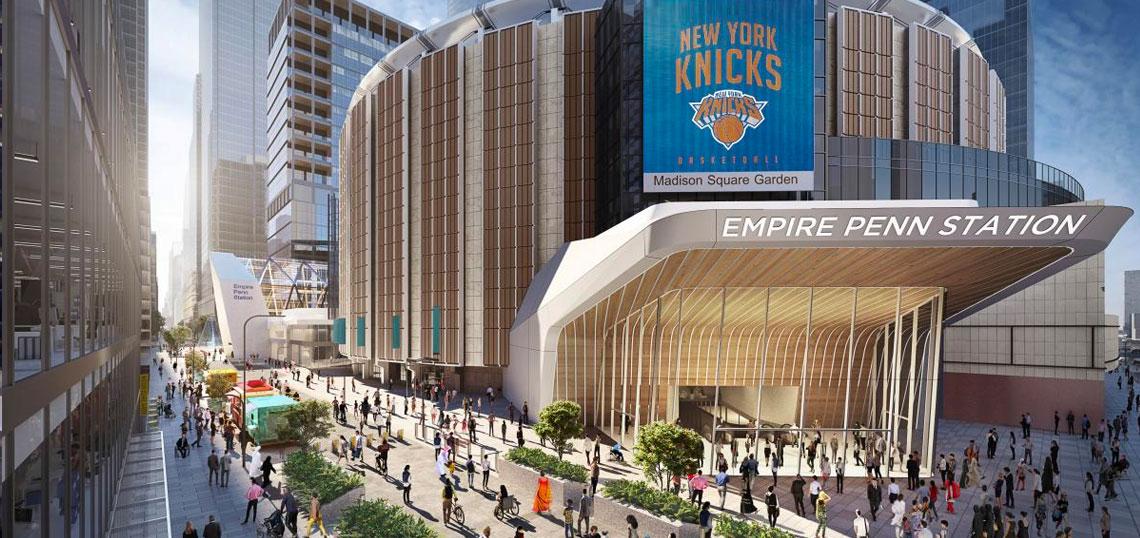Governor Cuomo has unveiled two new reconstruction options for transforming Penn Station into "a world-class, 21st-century transportation hub."
New images released Wednesday afternoon show how transit officials hope to reinvent the dreary subterranean Midtown labyrinth into a modern, light-filled transit destination.
The proposal lays out two distinct options, both of which would retain Madison Square Garden, but may also require its purchase.
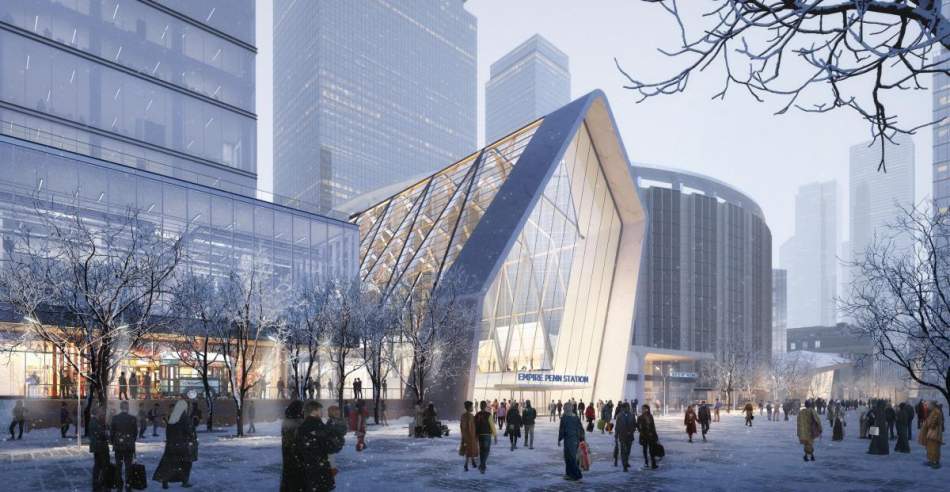 Single-Level Alternative – New 33rd Street Entrance at Streel Level looking west | MTA
Single-Level Alternative – New 33rd Street Entrance at Streel Level looking west | MTA
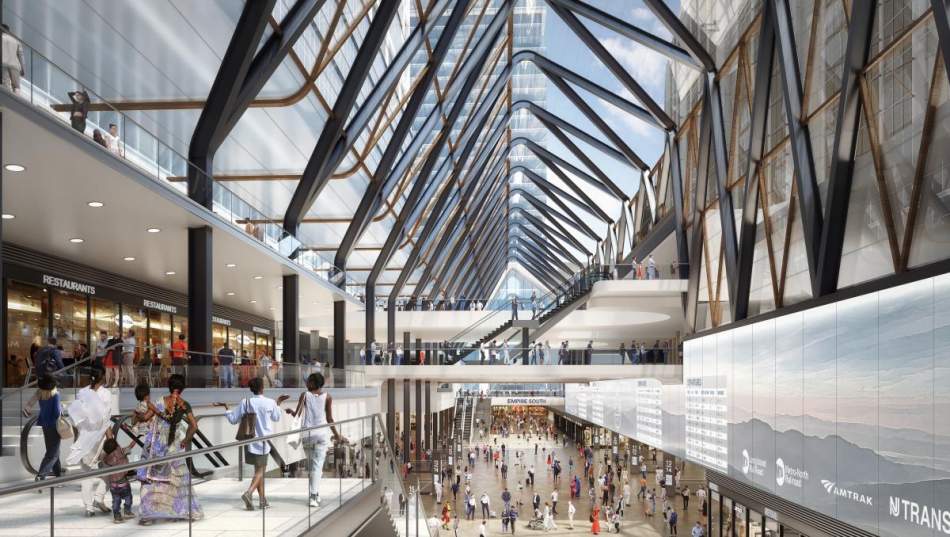 Single-Level Alternative – Mid-Block Train Hall looking south from Street Level entrance on 33rd Street | MTA
Single-Level Alternative – Mid-Block Train Hall looking south from Street Level entrance on 33rd Street | MTA
↑ The first is a "Single-Level Alternative" that would eliminate all low ceiling heights and 40 percent of Penn Station's existing upper level to create a one-level facility yielding public concourses of two and three stories high. The alterations would result in more open space with better sightlines and improved access to tracks, platforms, and station entrances/exits. This space would be "bigger than the Great Hall of Grand Central Terminal," says a press release.
The plan would also feature a spacious, light-filled mid-block train hall with new entrances on 33rd and 31st Streets near Seventh Avenue.
The single-level alternative could also be combined with a glitzy new entrance on Eighth Avenue and a new light-filled West Train Hall in the space currently occupied by Madison Square Garden's 5,600-seat Hulu Theater.
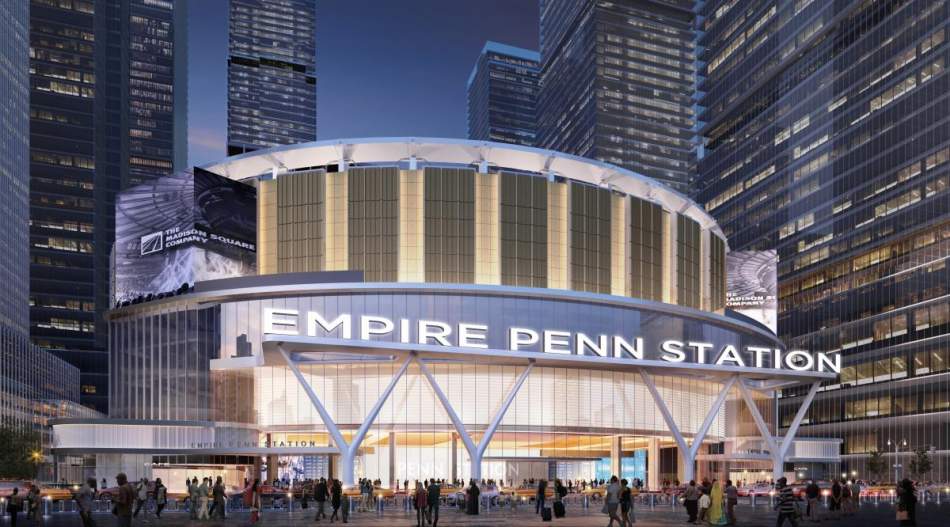 Two-Level Alternative - New Eighth Avenue Entrance looking east (could also be used with the Single-Level Alternative) | MTA
Two-Level Alternative - New Eighth Avenue Entrance looking east (could also be used with the Single-Level Alternative) | MTA
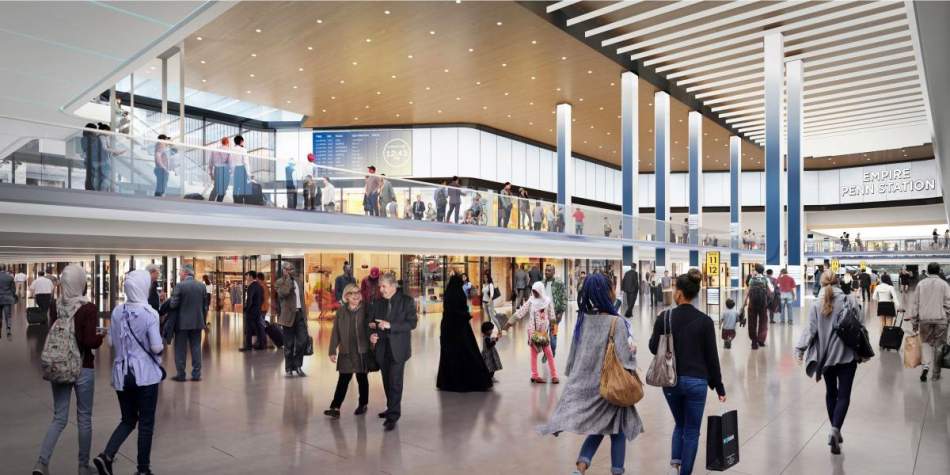 Two-Level Alternative - Central Atrium looking west from Lower Level | MTA
Two-Level Alternative - Central Atrium looking west from Lower Level | MTA
↑ The second is a "Two-Level Alternative" that would retain more of the existing station's upper level while repurposing Amtrak space for NJ Transit's commuters and operations. The expansion would also incorporate a new atrium built in the former taxiway between Madison Square Garden and 2 Penn Plaza, which has been closed for security since Sept. 11, 2001.
The Two-Level alternative may also integrate new vertical access points to platforms, significantly widened concourses throughout, and new entrances at sidewalk level along Eighth Avenue.
And like the Single-Level option, this alternative could be combined with an additional entrance on Eighth Avenue and a new West Train Hall in the space currently occupied by Madison Square Garden's 5,600-seat Hulu Theater.
However, MTA official Janno Lieber said during a meeting on the plan Wednesday that the Hulu Theater takeover could cost an extra $1 billion. “We have, I would say de-emphasized this, at least in the MTA view as a priority,” he said. “The 7th Avenue side is where the people are, and where we need to prioritize.”
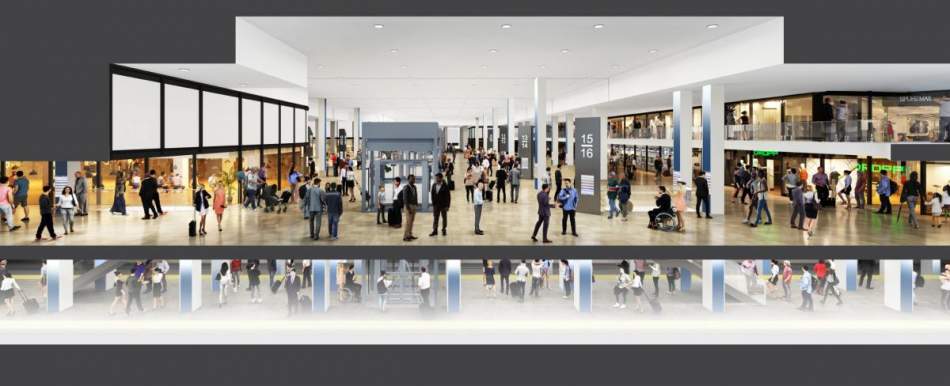 Single-Level Alternative – West Concourse looking south | MTA
Single-Level Alternative – West Concourse looking south | MTA
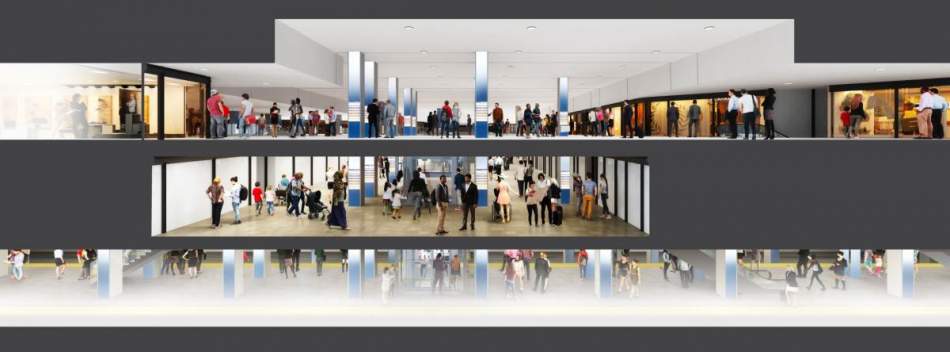 Two-Level Alternative - Upper Level and Lower Level West Concourses looking south | MTA
Two-Level Alternative - Upper Level and Lower Level West Concourses looking south | MTA
The two options are the product of a year-long "strategic re-envisioning" by the MTA, NJ TRANSIT, and Amtrak, with FXCollaborative and WSP leading the design. The agencies examined various options for Penn's reconstruction and determined the following would be key to their success: increased concourse space to reduce congestion and handle future growth (passengers served is expected to grow from 600,000 daily [pre-pandemic] to 830,000 daily by 2038); streamlined station operations (ticketing, waiting areas, track cleaning); improved circulation (more stairs, escalators, and elevators); ADA compliant accessibility; and new retail opportunities.
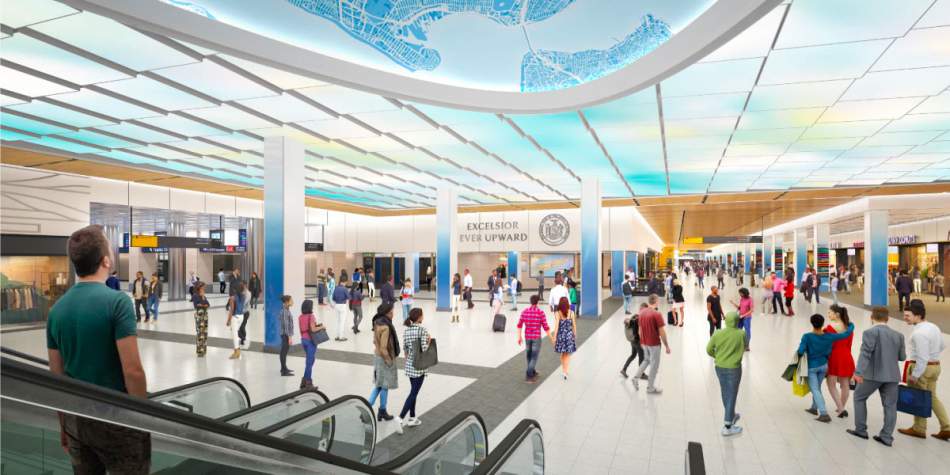 LIRR 33rd Street Concourse – opening early 2023 | MTA
LIRR 33rd Street Concourse – opening early 2023 | MTA
Cuomo previously sought to lump the Penn Station overhaul into a larger rezoning scheme known as the Empire Station Complex General Project Plan (GPP) that would see the clearing of several existing Midtown blocks around Penn Station to make room for 10 new skyscrapers. However, major public outcry over the proposal put a kink in the governor's approach.
While Cuomo's Empire Station Complex proposal did receive a line in the state budget as pushed for, it came with a caveat from legislators.
Budget bill language explicitly states that the $1.3 billion outlay is restricted to transportation only and not land for new towers. As written: "[The money] shall only be used in furtherance of [expanding Penn Station] or other transportation improvement projects and not for above-grade development."
A public hearing to review the proposal was scheduled for May 12, 2021, but has since been postponed. Amendments to the draft GPP addressing the public's many concerns will likely be made before another meeting is rescheduled.
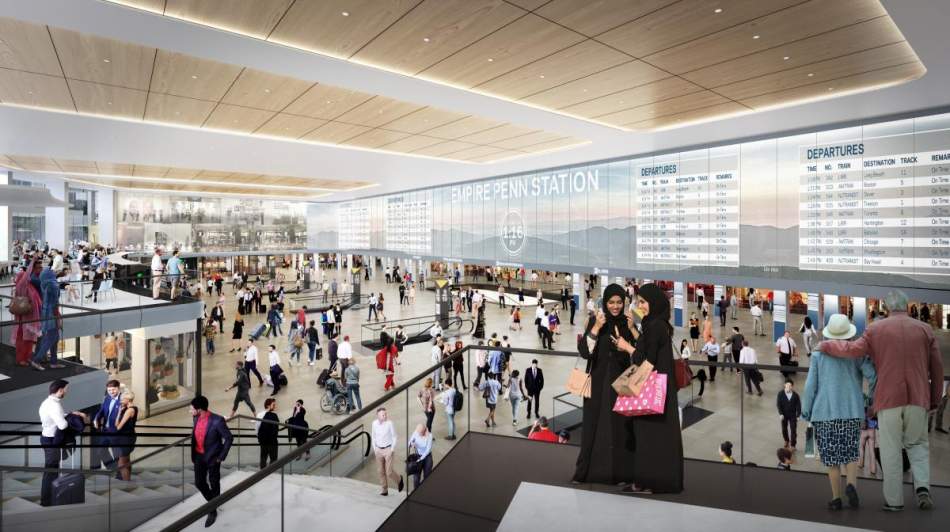 Two-Level Alternative – looking down into the New West Train Hall from 31st Street entrance (could also be used with the Single-Level Alternative) | MTA
Two-Level Alternative – looking down into the New West Train Hall from 31st Street entrance (could also be used with the Single-Level Alternative) | MTA
As for Penn Station itself, the MTA, NJ TRANSIT, and Amtrak are now working with state and federal officials to determine the next steps, obtain input, and secure funding.
The revamp will require the full advancement of the Gateway Program, which includes the construction of two new Hudson River rail tunnels and the renovation of two existing tunnels. The Biden administration has already committed to prioritizing the Gateway project as part of its $2 trillion infrastructure plan.
The public has also been invited to comment on the proposed design alternatives.
When an alternative is selected, the transit agencies will collaborate with federal partners on an Environmental Impact Statement (as well as any other federal-level paperwork needed) so that the new Penn Station can finally make its long-awaited debut.




